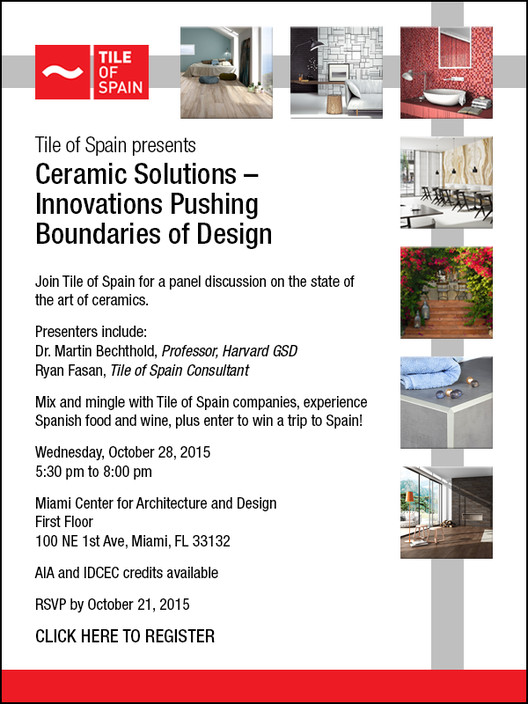
In its 27th year, Pasadena Heritage will present the Annual Craftsman Weekend on November 9-11, 2018. The Weekend will feature house tours of notable Craftsman properties, along with bus and walking tours of the surrounding neighborhoods. Other events scheduled include a Show and Sale with exhibitors of antique and contemporary furniture and decorative arts, a silent auction, workshops and presentations. In addition, Pasadena Heritage will be offering exclusive receptions at historic locations throughout the weekend.















.jpg?1436251994)
.jpg?1436252280)
.jpg?1436252336)
.jpg?1436252378)
.jpg?1436252280)

